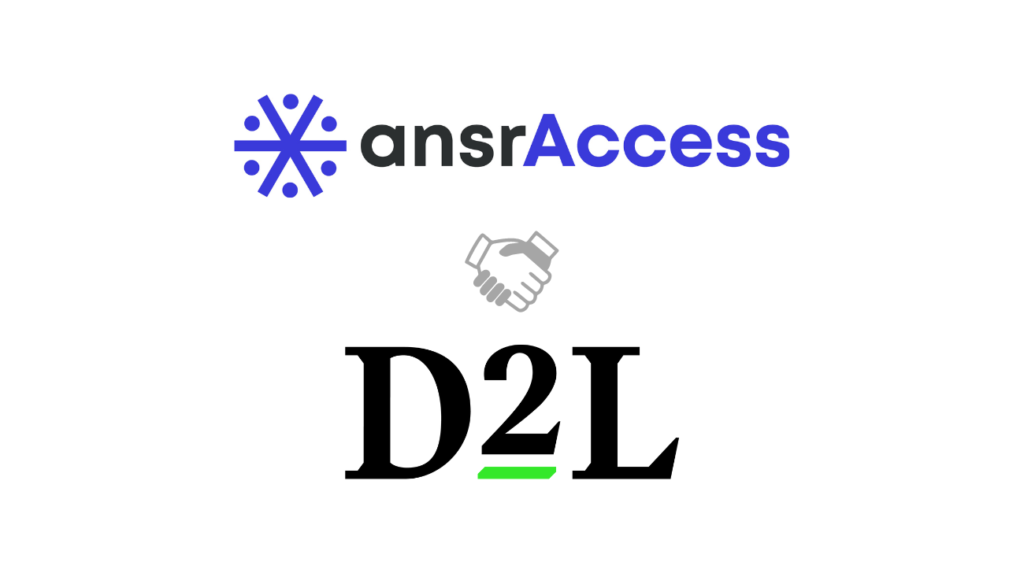According to a study conducted by Microsoft a few years ago, the average attention span of a human is eight seconds – which is one second less than the ill-focused goldfish. All the gadgets and the entire digital ecosystem around us have filled the world with distractions. According to another study, an average person spends around seven hours every day looking at a screen?
As we spend more and more time in front of a screen, our attention span has been on a steady decline. This has only been made worse with Snapchat, Instagram reels, TikTok, and YouTube shorts, which act as quick dopamine hits. Shrinking attention spans have affected learning. Getting people to enroll in a learning experience is easy, but keeping them engaged throughout the experience has become a challenge. How, then, can we design learning programs in such a way that learning is engaging for learners? The answer is… immersive learning!
What Is Immersive Learning?
Immersive learning is the process of introducing augmented reality (AR), virtual reality (VR), simulated reality, or purely artificial environments into learning programs for learners to learn by way of experience in a controlled environment.
Immersive learning makes use of technologies like AR, VR, mixed reality, 3D immersive learning, and 360° video, to name a few.
By providing more compelling learning experiences, immersive learning has better engagement and retention rates than traditional learning.
Benefits of Immersive Learning
Immersive learning provides a robust ecosystem for employees to engage with training. The following are some key benefits of immersive learning:
- Increased motivation: By including VR technology, the virtual environment provides increased motivation for learners to stay engaged during the training program.
- Better learning retention: As learners are engaged throughout the program, the learning retention is better in immersive learning than in traditional learning. According to Touchstone Research, immersive learning is five times more engaging than other media and has a knowledge retention rate of 75–90%.
- Safe environment: By using virtual, augmented environments, immersive learning creates a safe space for learning. For instance, employees can be trained about possible hazardous situations at work within the safety of a virtual environment.
- Increased completion rate: Because of high engagement, motivation, and better learning retention, the completion rate in immersive learning training programs is higher than in traditional learning.
- Better data availability: Because of the technologies being used, more user data can be tracked within immersive learning. Even softer elements like body language, reaction time, engagement, and head and body movement can be evaluated to determine the return on investment.
Immersive Learning: How It Works
Immersive learning can be made part of a training program by using blended learning. You can take a look at the training material at hand and integrate technologies like AR/VR, mixed reality, and 3D immersive learning. Here are a few examples of how these technologies can be integrated into training programs:
- Virtual reality: This technology involves the creation of a virtual environment. For example, you can create a virtual environment about various situations at work, like an office conflict being handled.
- Augmented reality: As the name suggests, this technology augments real environments with a digital interface. For instance, a self-learning training program can integrate AR by creating an application that detects daily-use products at home and tells employees about their branding journey. It can similarly be integrated into any other self-learning training program. The AR market alone is forecasted to touch $70–75 billion by 2023.
- Mixed reality: Using this technology, both digital and physical elements can coexist in the training program. For instance, mind-map training can be done in a virtual or a traditional format. A mix of both creates a more immersive experience for employees.
- 3D immersive learning: This method promotes in-depth learning by the use of 3D visualizations. This can be used for onboarding employees or any other training program that requires high focus and in-depth learning.
Why Immersive Learning Enhances Engagement
Immersive learning increases engagement considerably as compared to traditional training. According to a report by Accenture, experiential learning is being increasingly favored by companies as it allows for mistakes to be made that may otherwise prove costly – in terms of both safety and machinery.
These are some reasons why immersive learning results in higher engagement:
- Inclusion of gamification: Almost all technologies used under immersive learning include some elements of gamification. As a result, engagement is better than in traditional training.
- Emotional connection: Because of the immersive experience created for employees, this method of learning can create an emotional connection with learners.
- Less distraction: Immersive learning has fewer distractions as it creates a virtual, stimulating environment for learners.
Immersive learning will be a key tool in transforming the entire learning landscape. This infographic sums up all the benefits of immersive learning and why it is expected to become the next big thing in learning technology:




